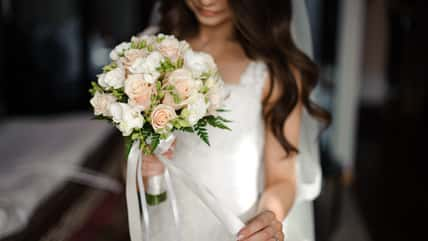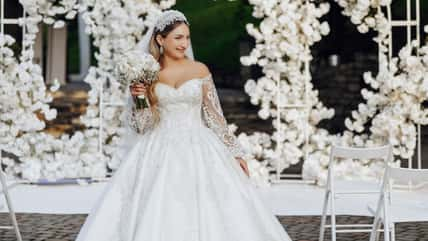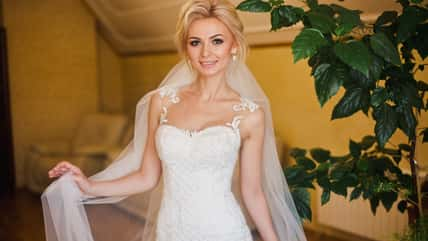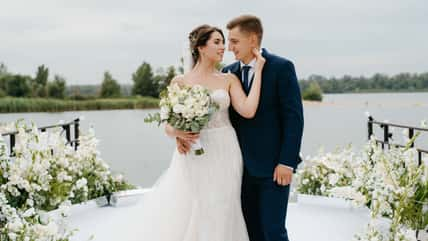Taking Your Husband’s Last Name May Seem Romantic, But The History Of This Tradition Has Darker Roots In Patriarchal Customs

Despite some modern weddings straying from the status quo, there are certain traditions that still run deep. These include wearing a white dress, donning a diamond engagement ring, and, in many straight relationships, brides taking the groom’s last name.
Switching your surname might seem like a romantic “given,” joining you and your husband as one unit. However, the history of this tradition is actually much darker, particularly for females.
Why Women Historically Took Their Husband’s Last Name
During the Dark Ages in Europe, names weren’t nearly as important for society to function, given how spread out and loosely organized populations were. This changed during the Middle Ages, and as populations increased, codified practices became necessary.
Yet, while some laws were written down, “common law” was frequently based on customs prior to literacy becoming widespread.
Common law originated in societies deeply rooted in patriarchy, where legal frameworks weren’t just biased against women. They also often failed to recognize them as autonomous individuals.
One of the most prominent examples of this is the idea of coverture in English common law, which effectively erased a woman’s legal identity upon marriage. This tradition also laid the groundwork for women taking their husbands’ last names in straight marriages.
Coverture denied women a separate legal identity. After being born, a woman was “covered” by her father’s identity. Later, once she tied the knot, she became “covered” by her husband’s identity.
This system viewed a husband and wife as “one” entity in marriage, but it was much less romantic than that. The “one” entity was only the husband, and women effectively became “legally dead,” no longer recognized as independent individuals under the law.

Serhii – stock.adobe.com – illustrative purposes only, not the actual people
So, women were not simply taking their husband’s last name. They were actually absorbed into their husbands’ legal identities.
William Blackstone’s Commentaries on the Laws of England codified coverture into written law in 1765 and significantly limited women’s rights. Married women weren’t able to make contracts since they couldn’t own businesses. In fact, they owned absolutely nothing.
Women did not have any legal claim over their children or their own bodies. This meant husbands could send their wives to work and collect their earnings.
These customs weren’t always practiced to their full extent. Nonetheless, they made their way from England to America while the colonies were established, and the very first significant challenge to coverture came with the Married Women’s Property Act of 1848.
Afterward, various laws chipped away at coverture over time. Women were gradually granted rights to attend school, get a driver’s license, and work. Even so, remnants of coverture still linger.
So Why Do Modern Brides Still Take Their Groom’s Surname?
The history of this tradition is undeniably upsetting, although some women still opt to take their husband’s last names.
One reason for this is sentimental value. Plenty of brides view the changing of their surname as more romantically symbolic than controlling. The thought of future kids also comes into play, as many women would like their entire family to have the same last name.
Another simpler explanation is more aesthetic in nature. Certain brides may just like the look, sound, or spelling of their groom’s surname more than their maiden name.
In 2023, a Pew Research survey found that about 80% of American women in straight marriages decided to take their husband’s last name, showing that the tradition is prevalent to this day.
There’s no doubt that the reasoning has shifted, though. And, of course, 20% chose to go a different route. Approximately 14% of women kept their own last name, and 5% hyphenated their maiden name with their husband’s last name.
Sign up for Chip Chick’s newsletter and get stories like this delivered to your inbox.
More About:Weddings





